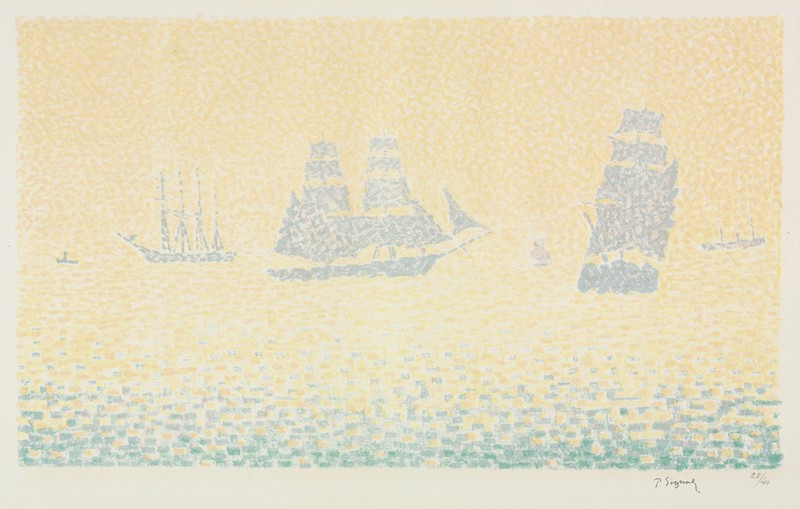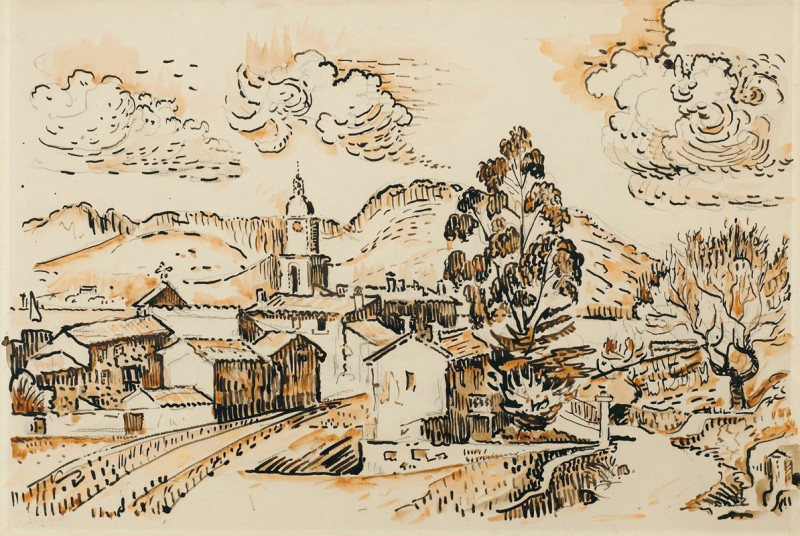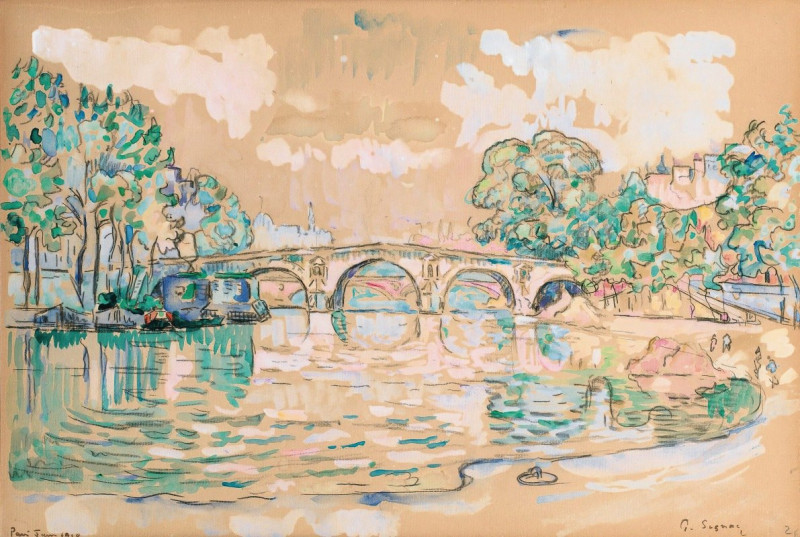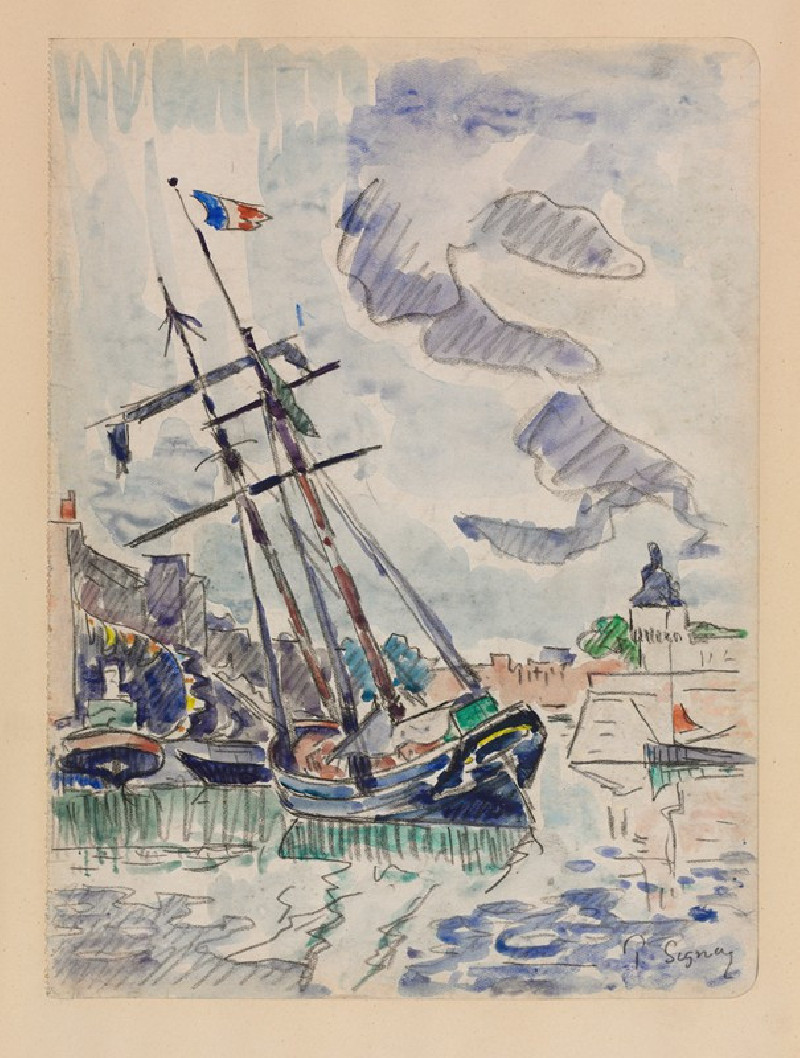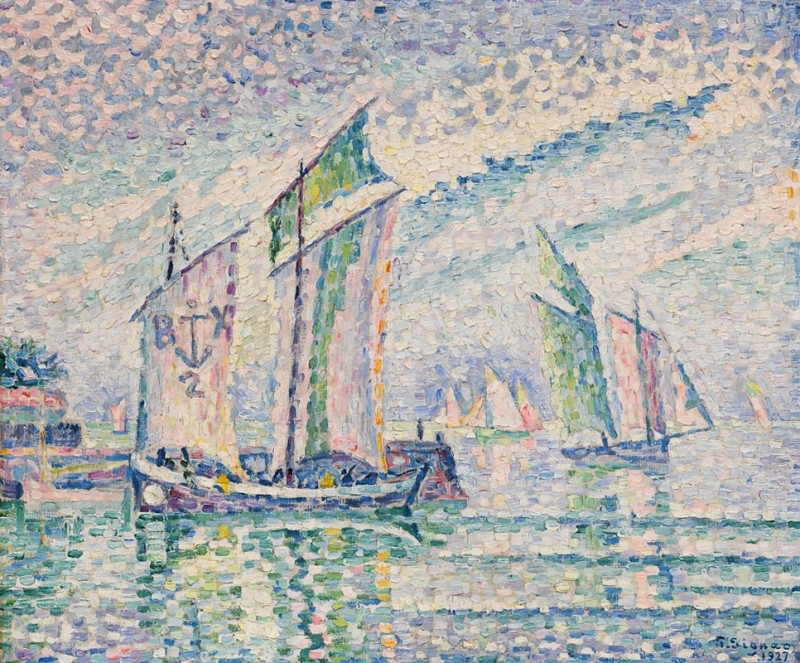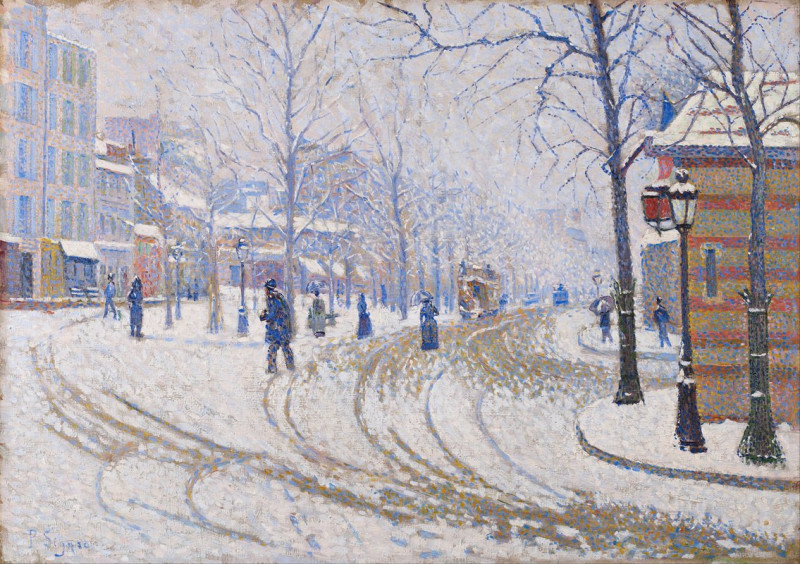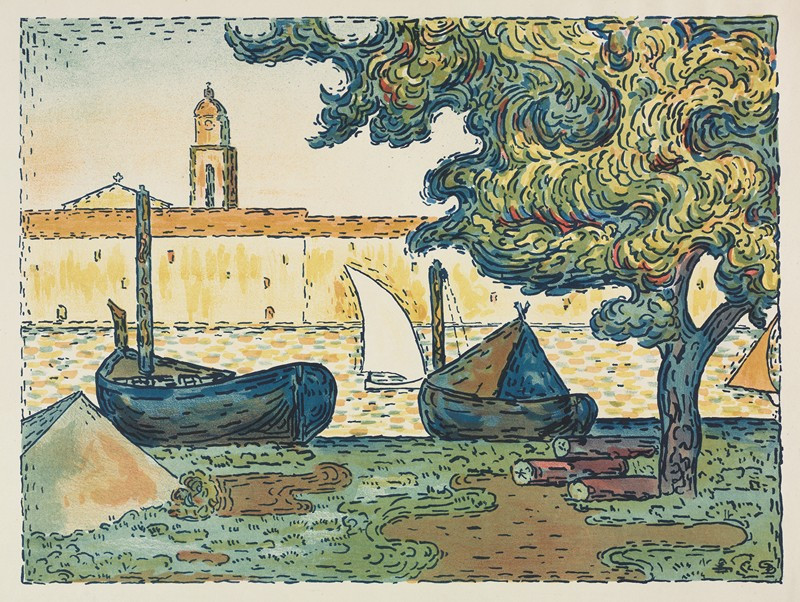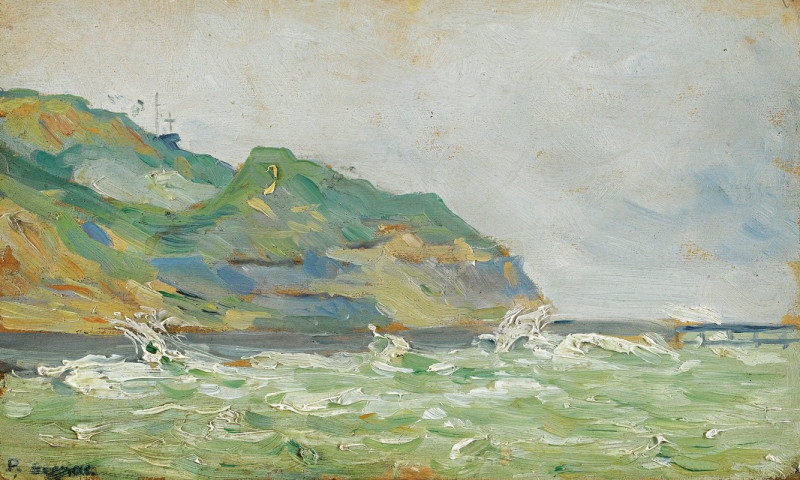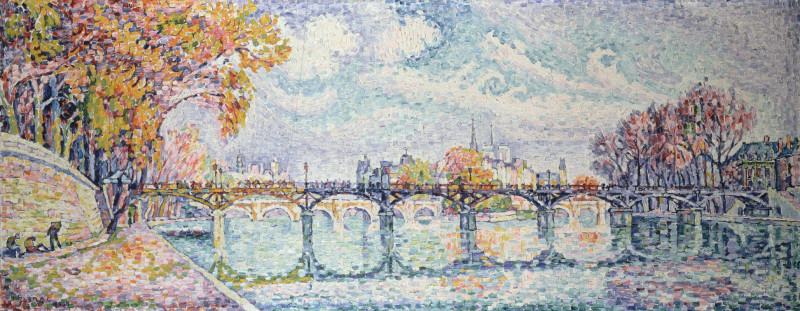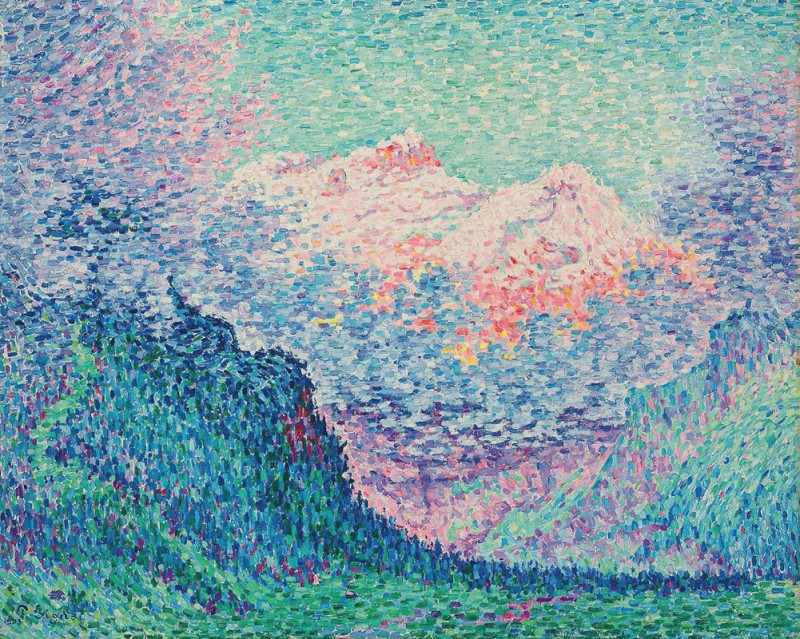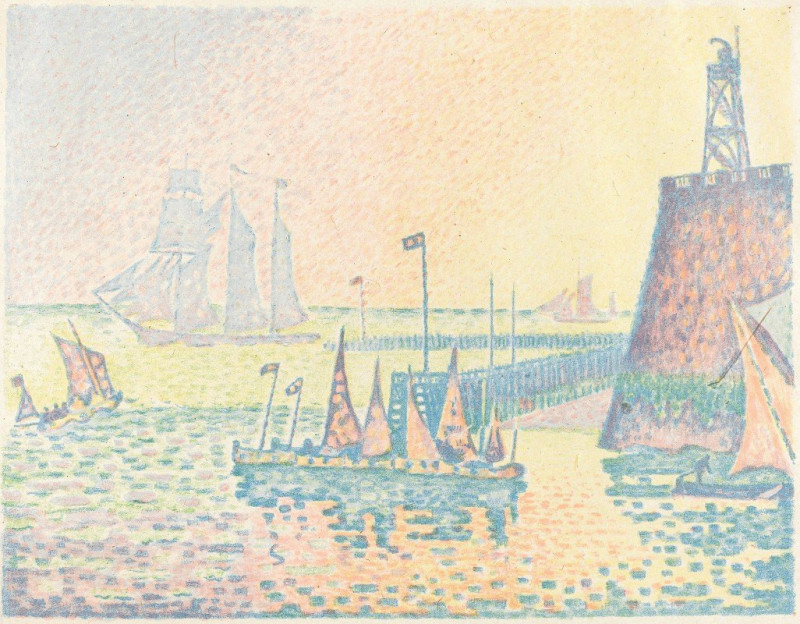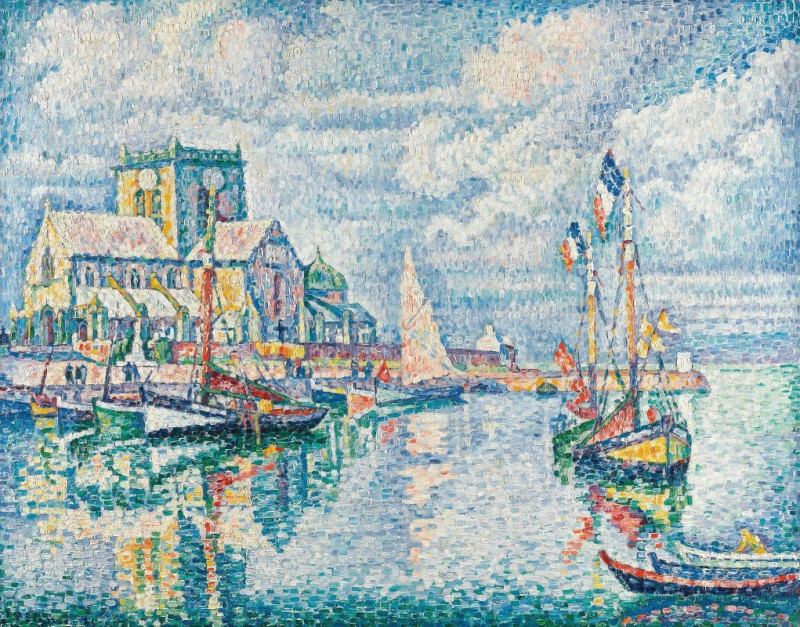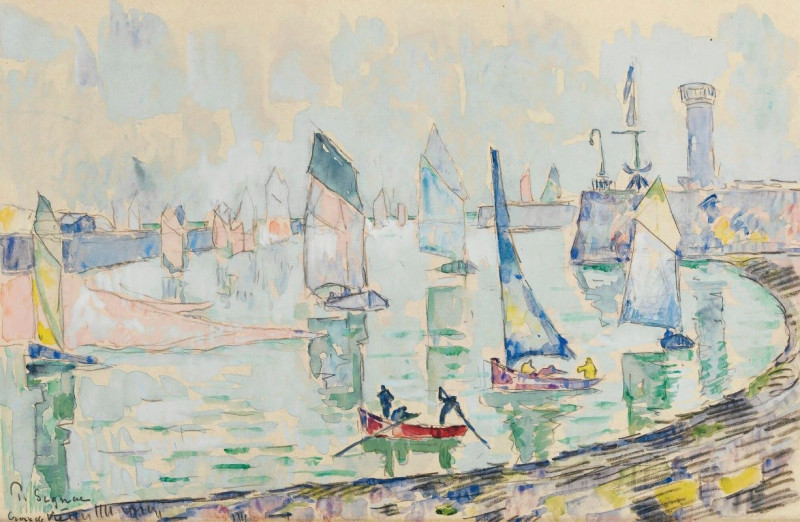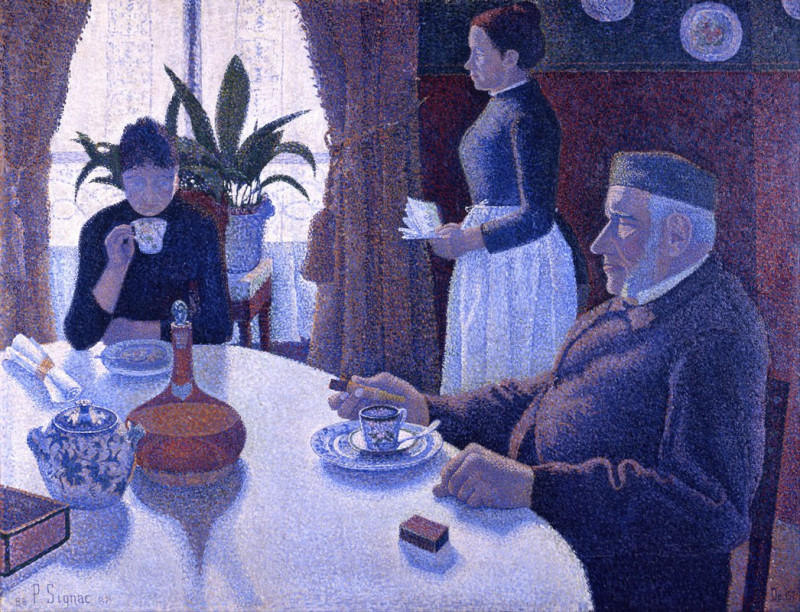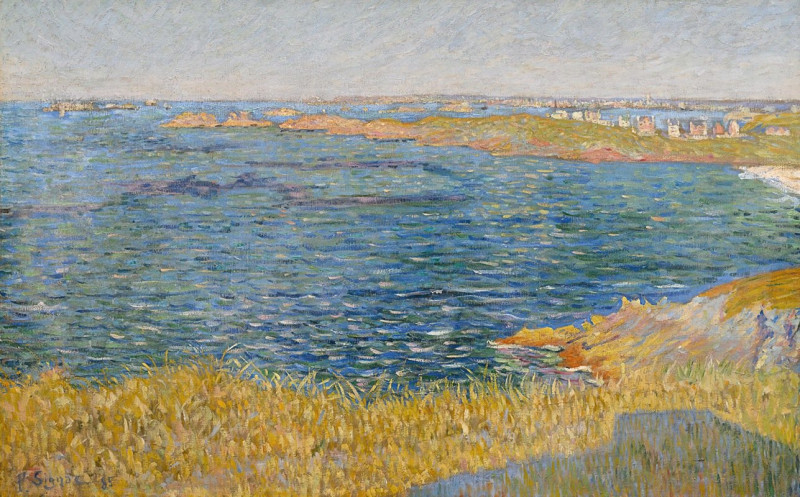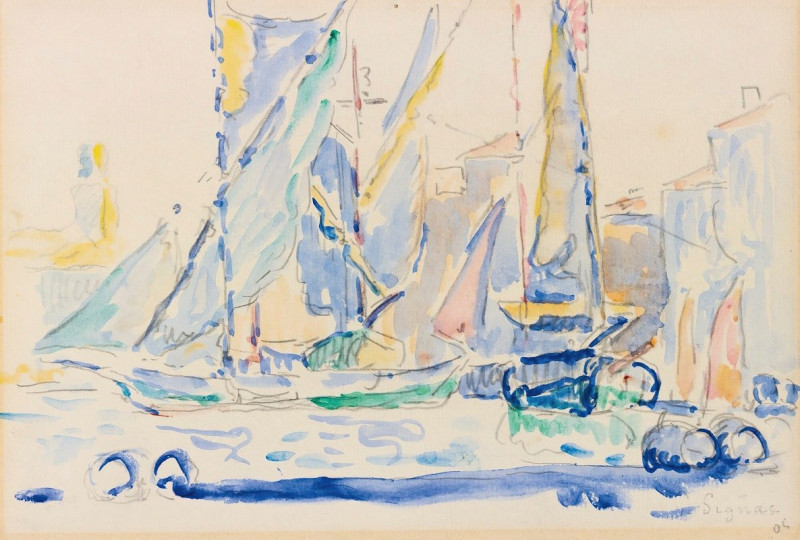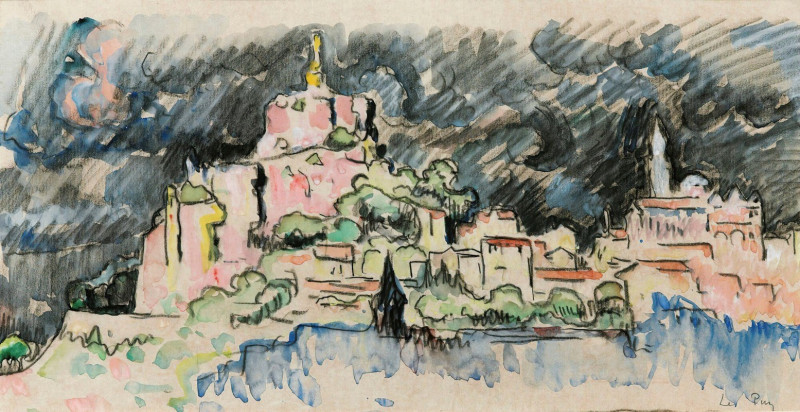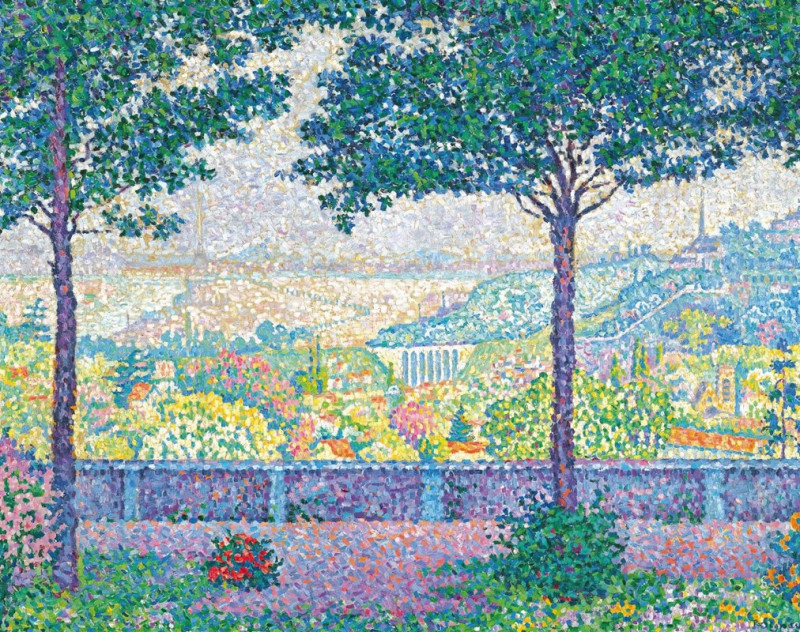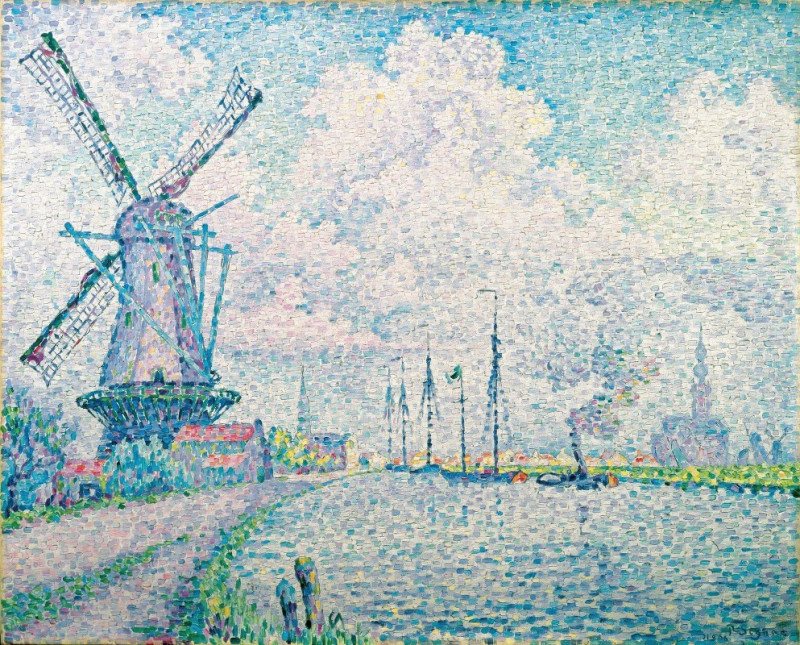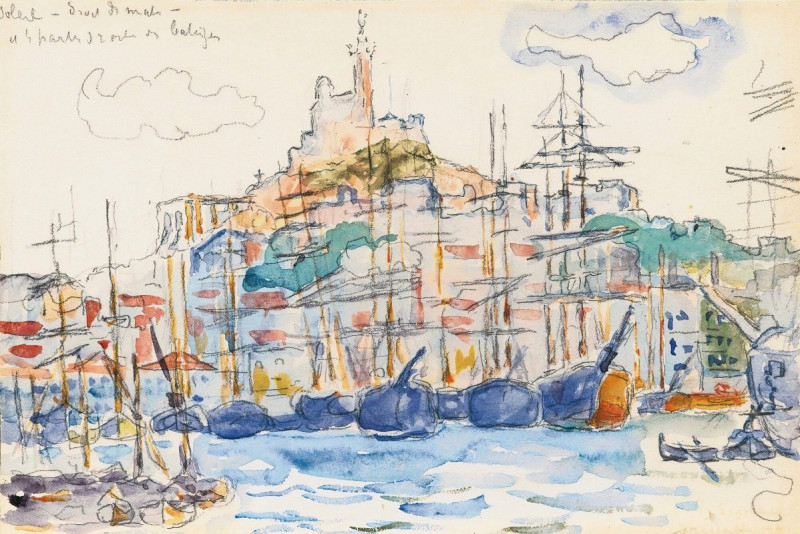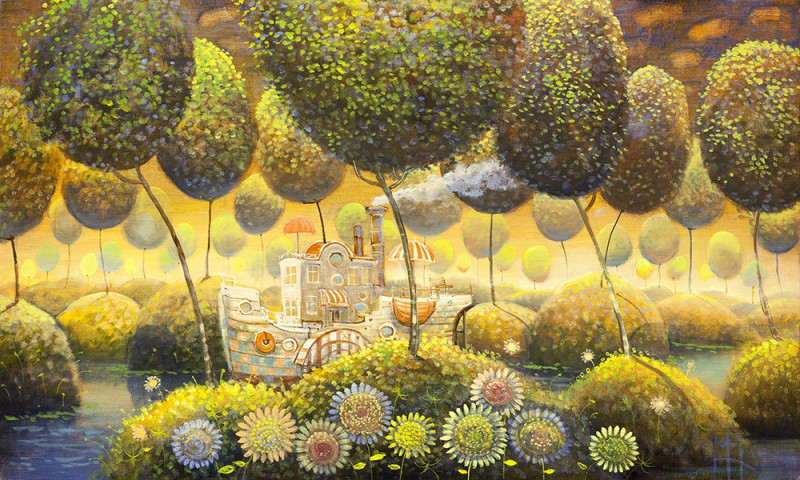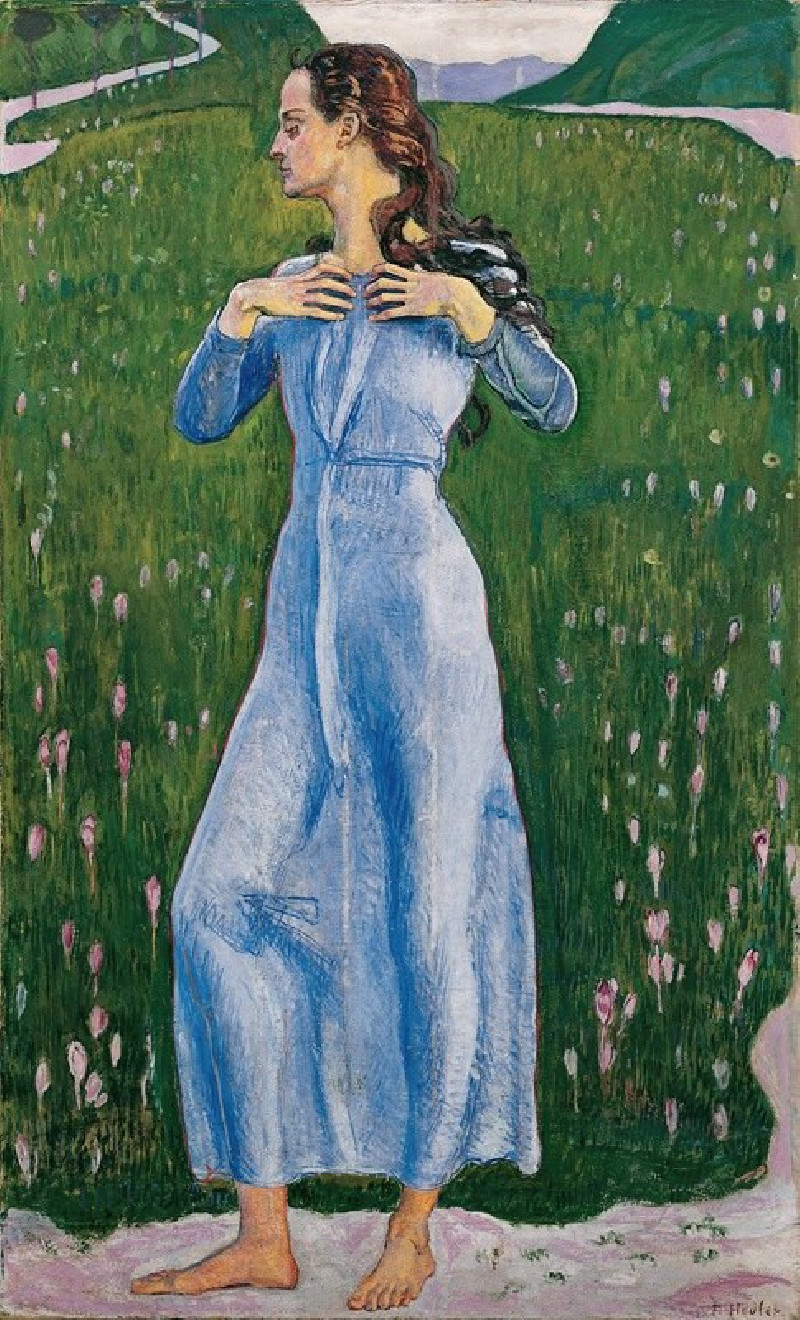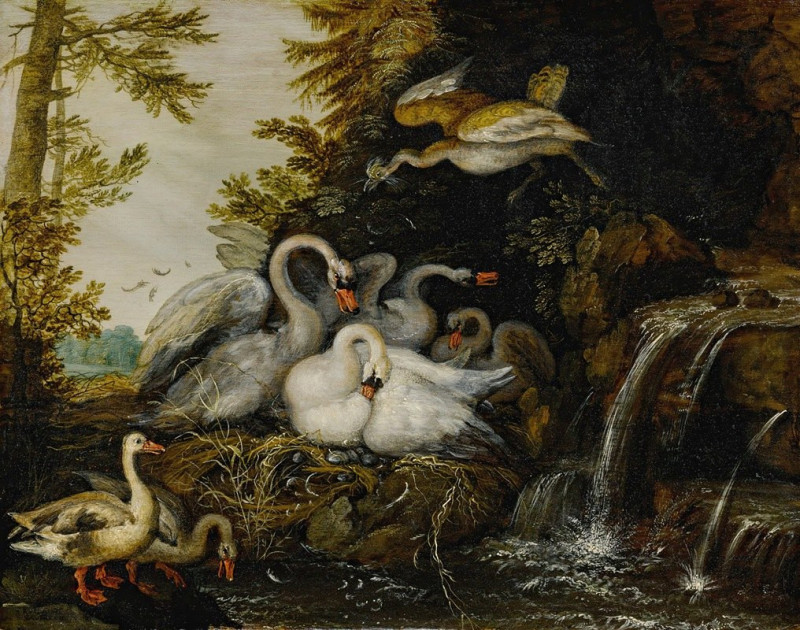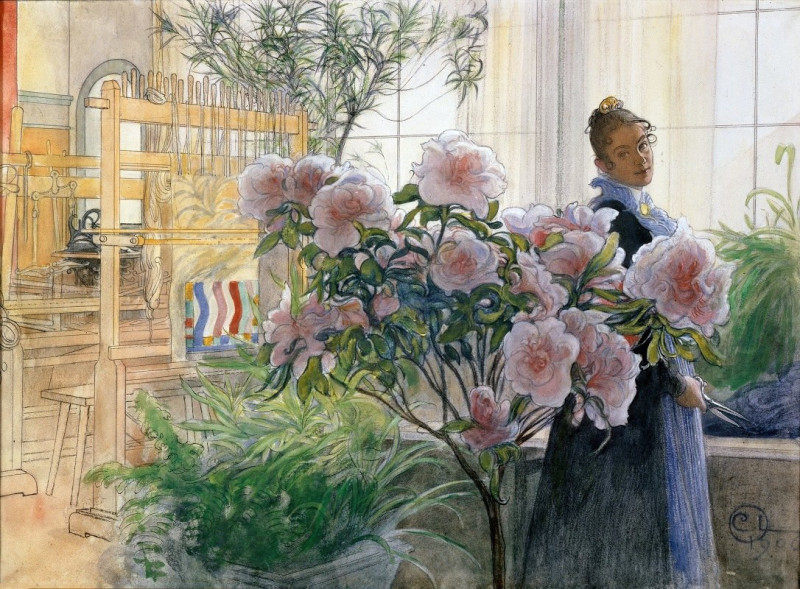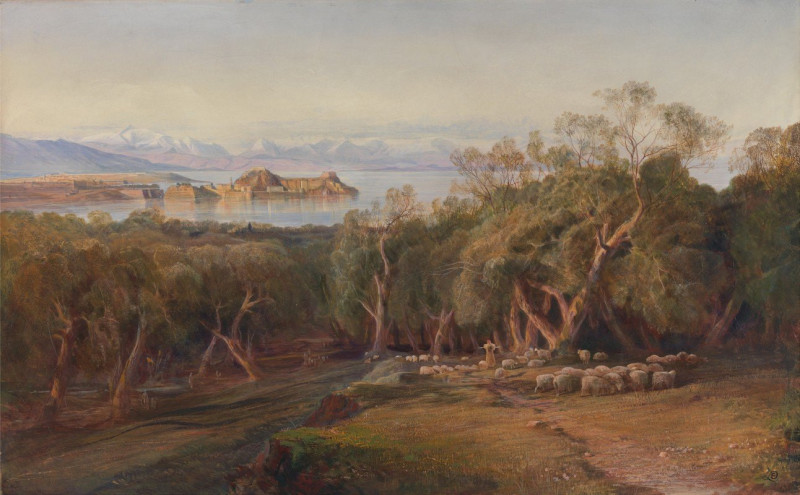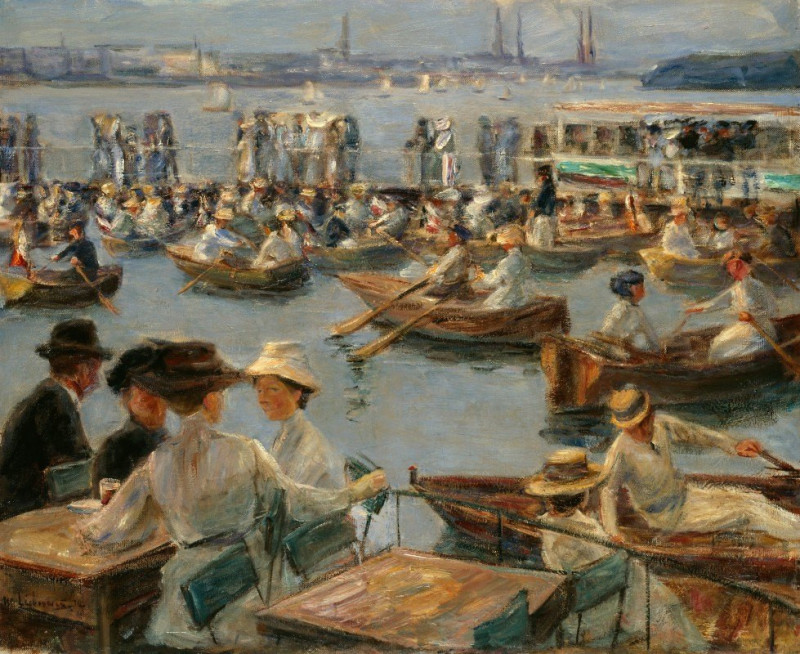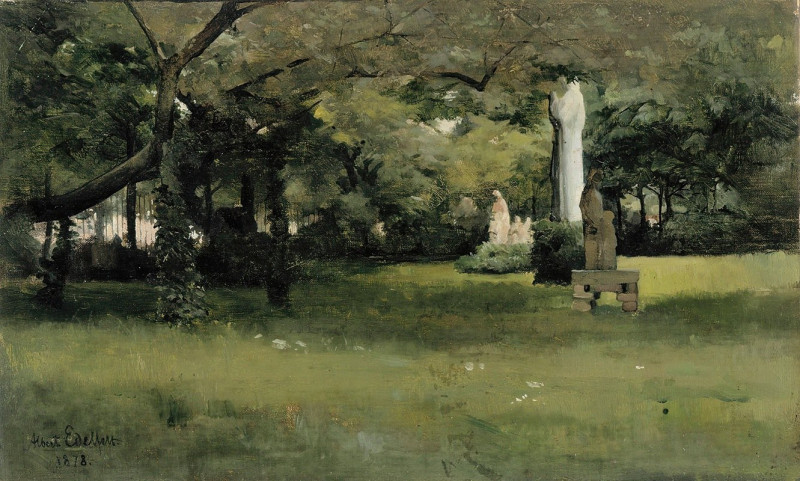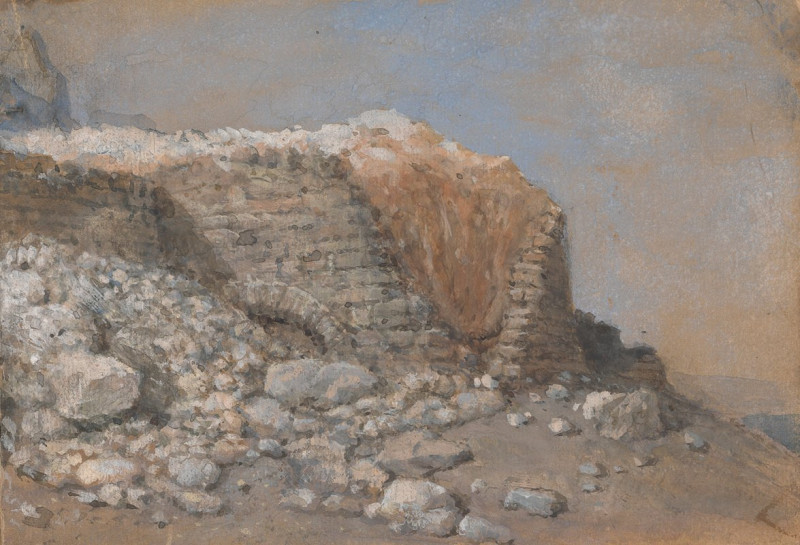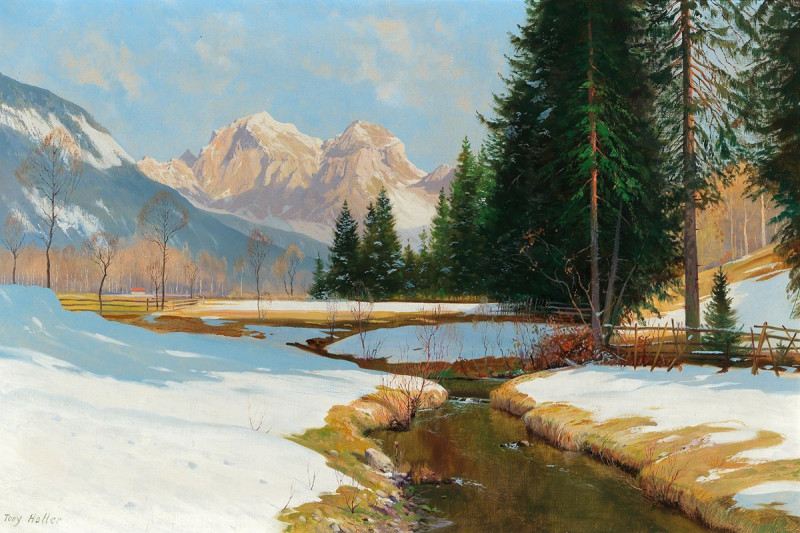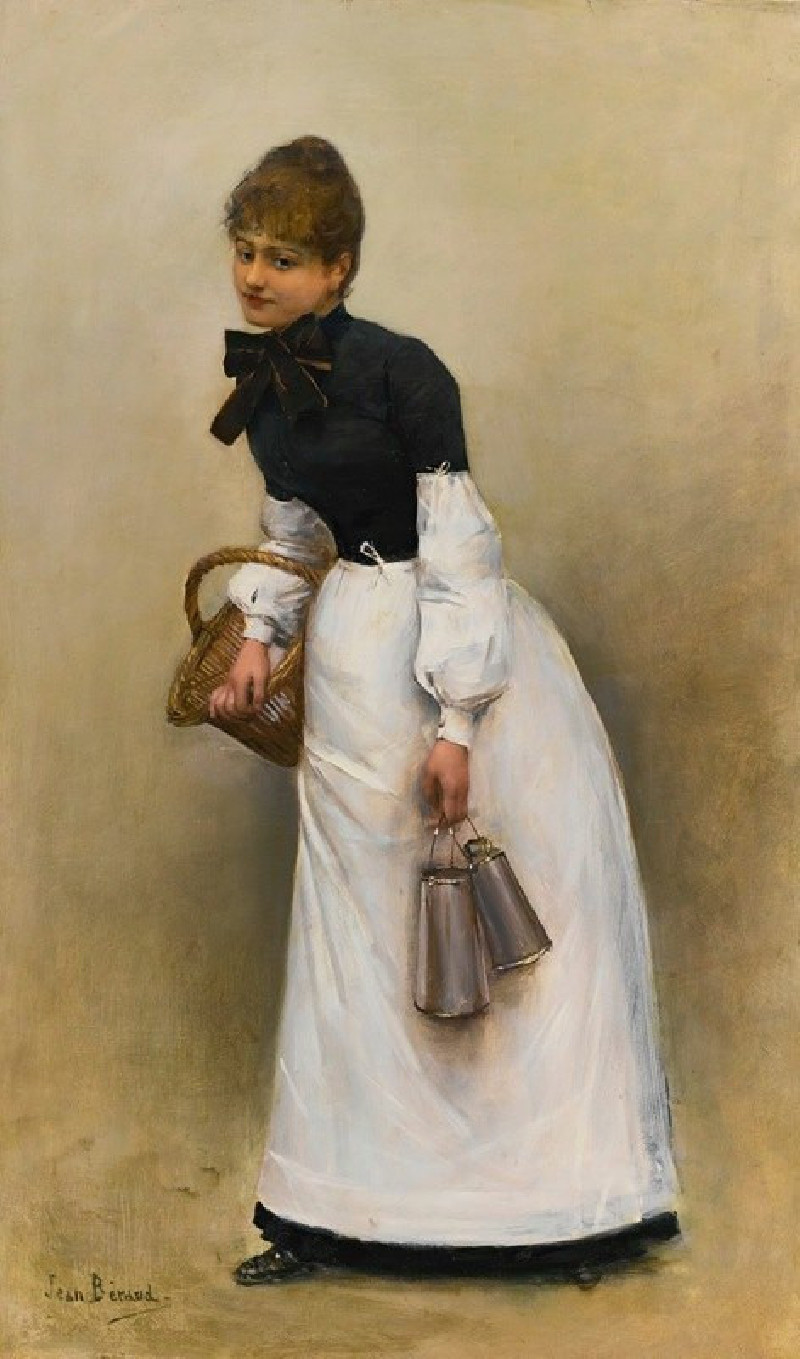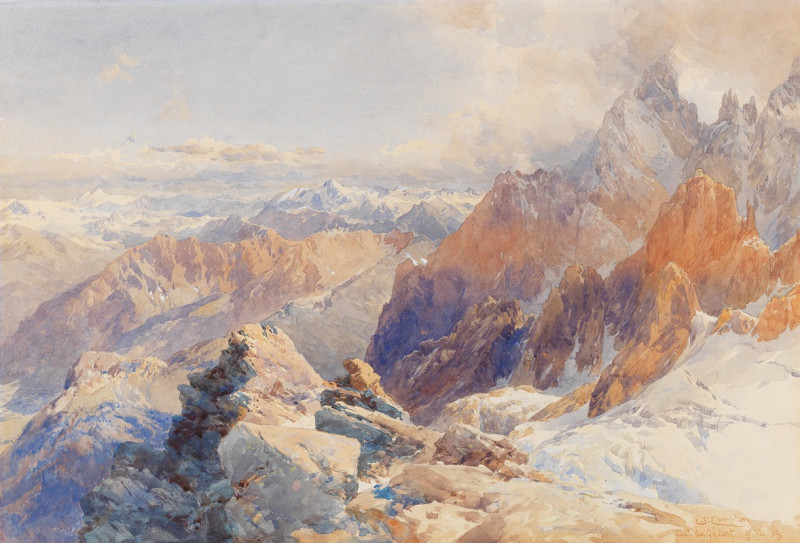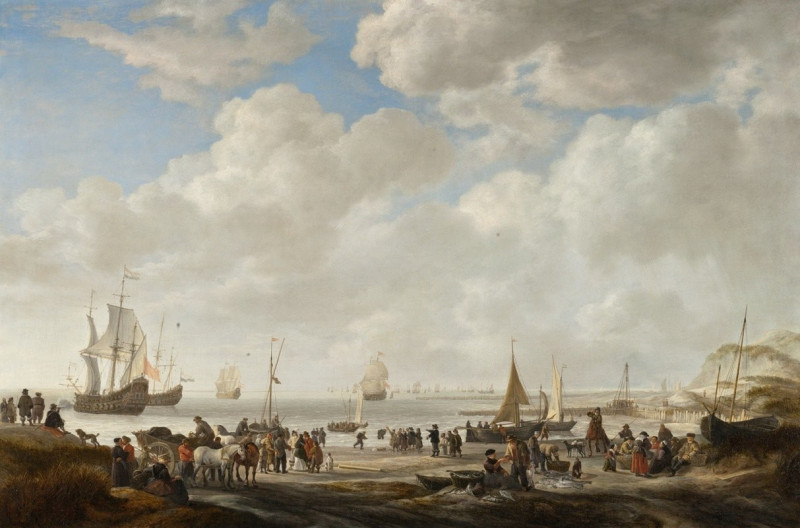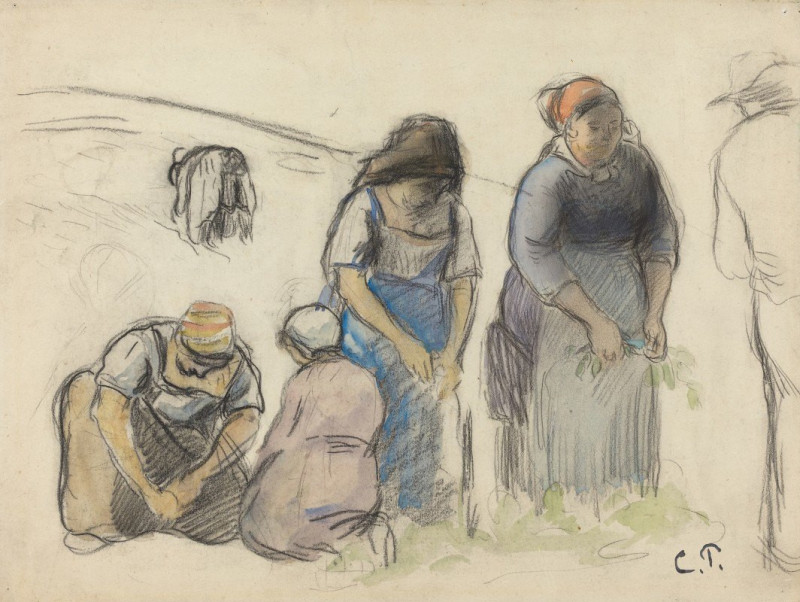Cassis, Cap Lombard, Opus 196
Technique: Giclée quality print
Recommended by our customers
More about this artwork
"Cassis, Cap Lombard, Opus 196" by Paul Signac captures an exquisite moment on the coast of Cassis, France, rendered in the vibrant dots and dashes of color characteristic of the Pointillist technique. This luminous work bathes the viewer in the warmth of a Mediterranean day, with the sun casting brilliant hues across the sweeping curve of the shoreline and the textured cliffs that rise dramatically from the azure waters.In this painting, Signac utilizes his masterful control of color and light, employing a palette that subtly shifts from the pale, shimmering tones of the sand to the deep blues and greens of the sea, interspersed with the fiery oranges and reds of the rocks. The composition leads the eye from the foreground, along the curve of the beach, toward the rocky outcrops jutting into the sea, and off to the distant lighthouse, creating a sense of endless depth.
Delivery
Returns
Paul Signac (1863-1935) was a French Neo-Impressionist painter. Together with Georges Seurat, Signac developed the Pointillism style. He was a passionate sailor, bringing back watercolor sketches of ports and nature from his travels, then turning them into large studio canvases with mosaic-like squares of color. He abandoned the short brushstrokes and intuitive dabs of color of the impressionists for a more exact scientific approach to applying dots with the intention to combine and blend not on the canvas, but in the viewer's eye.


